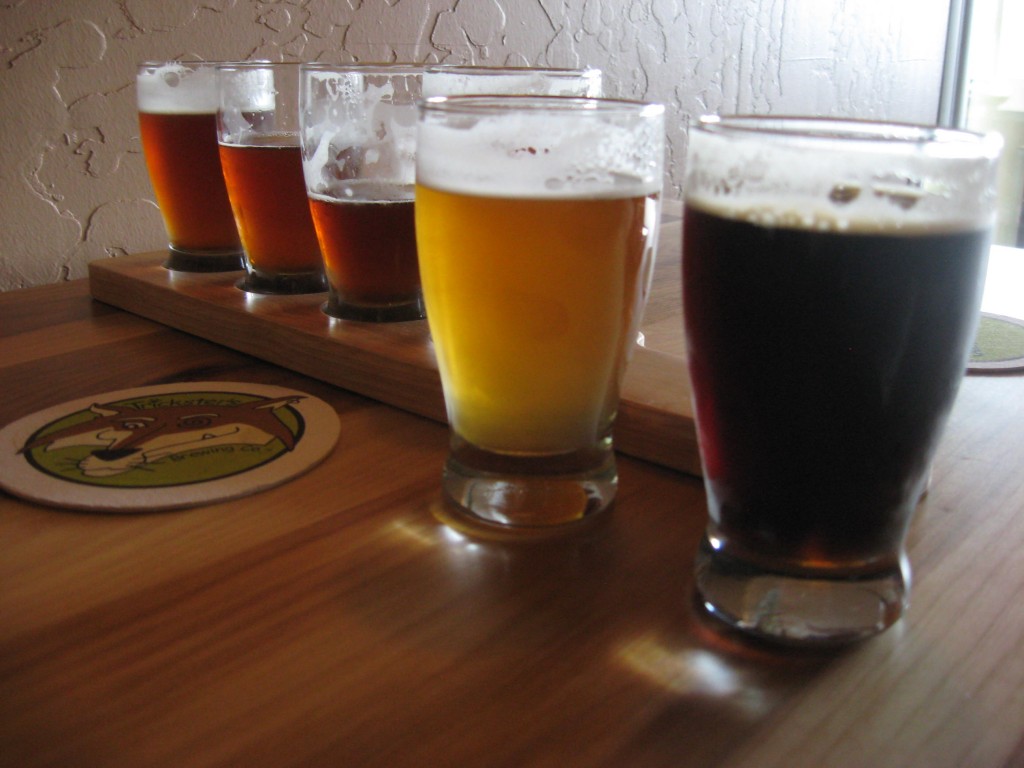Written by Franz Hofer for A Tempest in a Tankard
Where All German Beer Paths Converge
The Reinheitsgebot (Beer Purity Law) is the alpha and the omega of German beer. Debates about its relevance go to the heart of contemporary German beer culture, and have only heated up in light of craft beer’s arrival in Germany. Even if the Reinheitsgebot of 1516 is no longer the law of the land, its spirit lives on in legislation that limits beer ingredients to barley, hops, water, and yeast. It’s a prism from the distant past that refracts all discussions about the future of German beer.
German Critiques of the Reinheitsgebot
Proponents view the Reinheitsgebot not only as a seal of quality and a productive limitation that results in exacting beers, but as the very foundation of German beer culture. German critics of the Reinheitsgebot are often champions of craft beer, problematic as some advocates of craft see the term. Their critique revolves around the perception that the Reinheitsgebot is a constraint on creativity.
If some critics, such as Nina Anika Klotz, ultimately reject the notion that “craft” and the Reinheitsgebot are incompatible, others veer into hyperbole.[1] Martin Droschke and Norbert Krine present a reductionist debunking of ten myths about the Reinheitsgebot in their craft beer guide to Franconia. Günther Thömmes is strong on why the Reinheitsgebot might merit revision in the twenty-first century, but thin on the ground in terms of history, implying that nothing changed between 1516 and 1871 (which isn’t the case—I’ll have a follow-up article about that at some point).[2]
Want to read more, check embedded links? Please click… HERE!!!

